e-Commerce Tips From Hummingbird’s small business website design team
Our small business website design team knows an e-commerce site often calls for a significant investment. Sales are needed to justify that investment. However, generating sufficient volumes of high-quality traffic isn’t easy.
According to research conducted by Smart Insights, the number one spot on Google can expect to receive around 30% of click-throughs, compared with just 10% in position three. Improving your search positions can, therefore, lead to more traffic which in turn, converts to more sales.
So, how do you go about optimizing your eCommerce site? Our small business website design team has pulled together some of their top tactics – read on to discover what they are.
Tip 1: Get your keyword research right
According to our in-house small business website design team, the first and most important step to optimizing your e-commerce website is to do your research. There is little point investing time and effort optimizing your site for keywords that shoppers aren’t using so you’ll need to create an up-to-date keyword list to guide your on-page and off-page efforts.
Aim for around 70% of the list to be long tail phrases. Moz says that these long tail phrases represent the bulk of search volumes each day. There are lots of tools to help with keyword research, some free and some based on a monthly subscription. Your web design NYC partner can recommend if you don’t have a preferred tool already.
Hummingbird’s own small business website design gurus also urge you not to fall into the trap of only conducting keyword research once. Consider this an ongoing part of your SEO journey. A quick weekly browse of Google Trends, for example, could uncover some surprising breakout searches that could be valuable for your business.
Tip 2: Brings your page load speed down
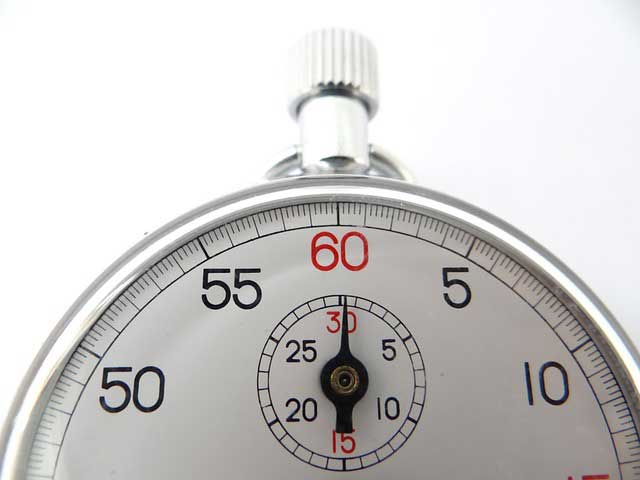
Page load speed is a known Google ranking factor, but it is also important from a conversion perspective. Today’s shoppers are impatient. They expect a page to load quickly and if it doesn’t, they’ll head back to the search results and find a competitor site that does. Research shows that 53% of mobile visitors will leave your site if a page takes longer than three seconds to load. What’s worse, as your page load speed increases from one second to just three seconds, bounce rate jumps by 32%.
To make your page load speed as lean as possible, ensure that all images are as small as possible. There are lots of image compression services, tools, and plugins to help you do that. Ensure HTML, Java and CSS code is minimized. Check that you don’t have any heavy elements which would cause the page to be slow on mobile devices.
Don’t forget, here at Hummingbird our small business website design team can also help in this area and deploy techniques such as AMP.
Tip 3: Check for duplicate content
One of the most common SEO traps for e-commerce websites to fall into is that of duplicate content. If you sell a particular product in a few different variations (such as different sizes or colors), it could well be that you use the same description for each.
Another typical scenario is that you sell an item and have used the manufacturer’s description rather than creating your own. In all likelihood, your competitors and other retailers have done it too. Not to mention, the original manufacturer.
To avoid duplicate content, you need to run an audit and determine if your site has succumbed to this SEO error. If so, you have two options; rewrite each product description or add noindex or nofollow instructions on the guilty pages for search engine spiders.
Tip 4: Put a content plan in place

Many e-commerce sites hit a stumbling block when it comes to content. The lack of new content can set all of your other SEO efforts back because new pages feed the search engine spiders. Adding new pages help grow your site, give Google new ranking signals, and keep visitors coming back time after time.
Content also helps you to build links which is still a vital part of any modern SEO campaign. In addition to ensuring all of your category and product pages have unique, good quality content, your blog or news section should be updated often, using relevant keywords, links, H1 tags and optimized titles in each piece of content.
If you’re struggling with your e-commerce SEO, give our experienced web design New York team a call. We can help you identify improvements and execute an SEO campaign for you.



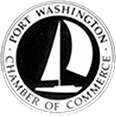
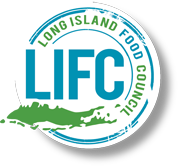

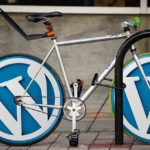

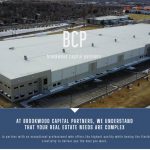

Leave A Comment